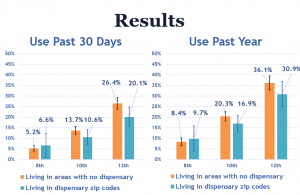This is to announce that the 2019 Illinois Pregnancy Risk Assessment Monitoring System (PRAMS) detailed data tables were just posted to the IDPH website. This is the fourth year of data collection using the Phase 8 version of the PRAMS survey.
The 2019 results are available by clicking the green “Select a year” button in the middle of the page available at http://dph.illinois.gov/data-statistics/prams. On the 2019 results landing page, a comprehensive set of charts is provided in the “2019 Illinois PRAMS Detailed Data Tables” link. There also are chart-specific hyperlinks allowing you to see the available charts and to view them individually.
Opioid supplement data collected from April 2019 through December 2019 are included in the results beginning on Table 81. These results replace the opioid results released earlier this year for the period April 2019 through August 2019.
As always, I am interested in your feedback on the data tables. I also am interested in knowing if you use the PRAMS data for education purposes, or for program or policy development that could be highlighted in a Data to Action report to the CDC. Please feel free to e-mail or call with your comments and feedback.
Thank you for your support of the PRAMS program!
Julie
Julie B. Doetsch, M.A.
Perinatal Health Data Manager
Illinois Department of Public Health
525 W. Jefferson St., 2nd Floor
Springfield, IL 62701
217-785-1064 ext. 5
Schedule: M-Th 7:30a–4:30p, Alternating Fridays 7:30a-3:00p / Off

